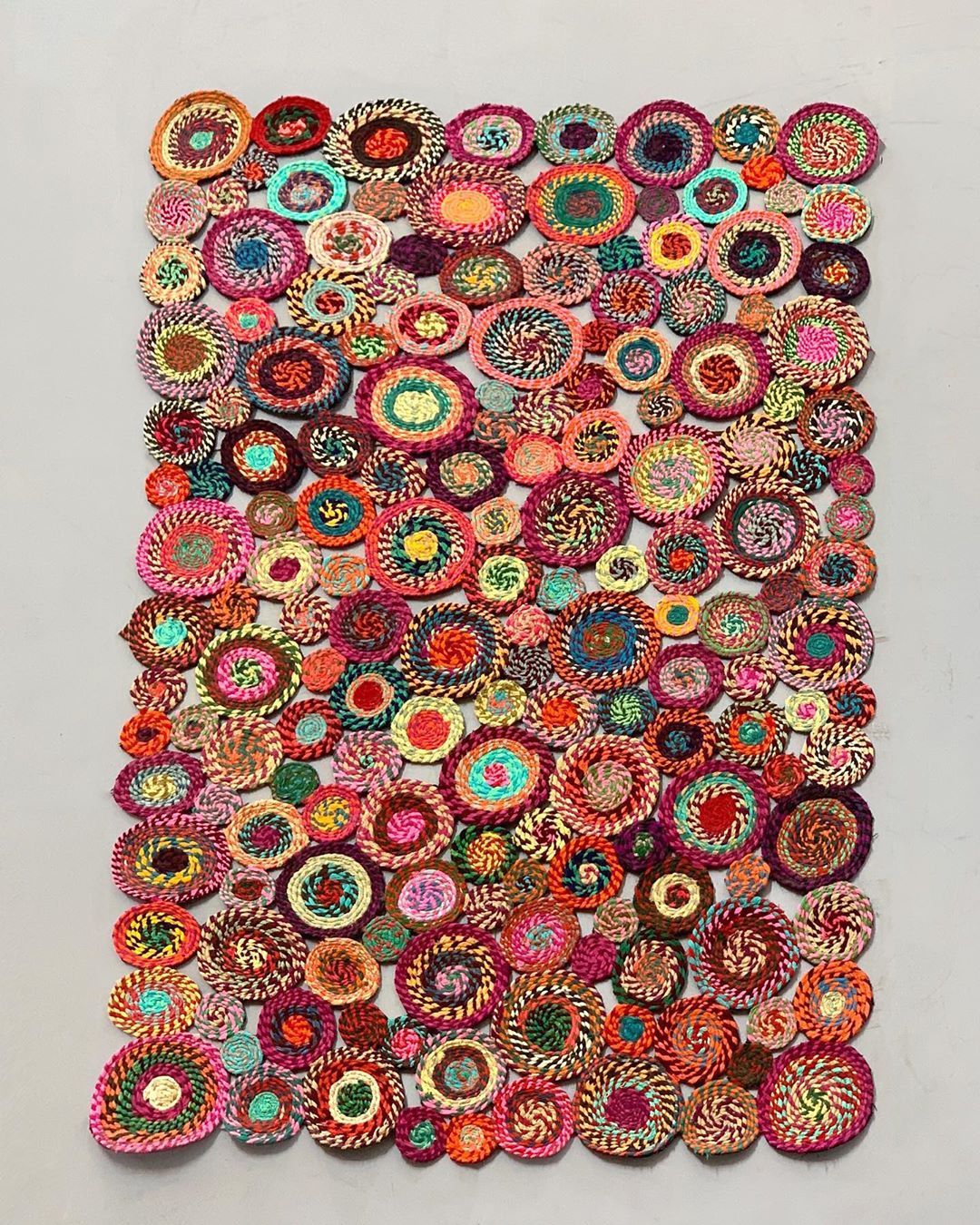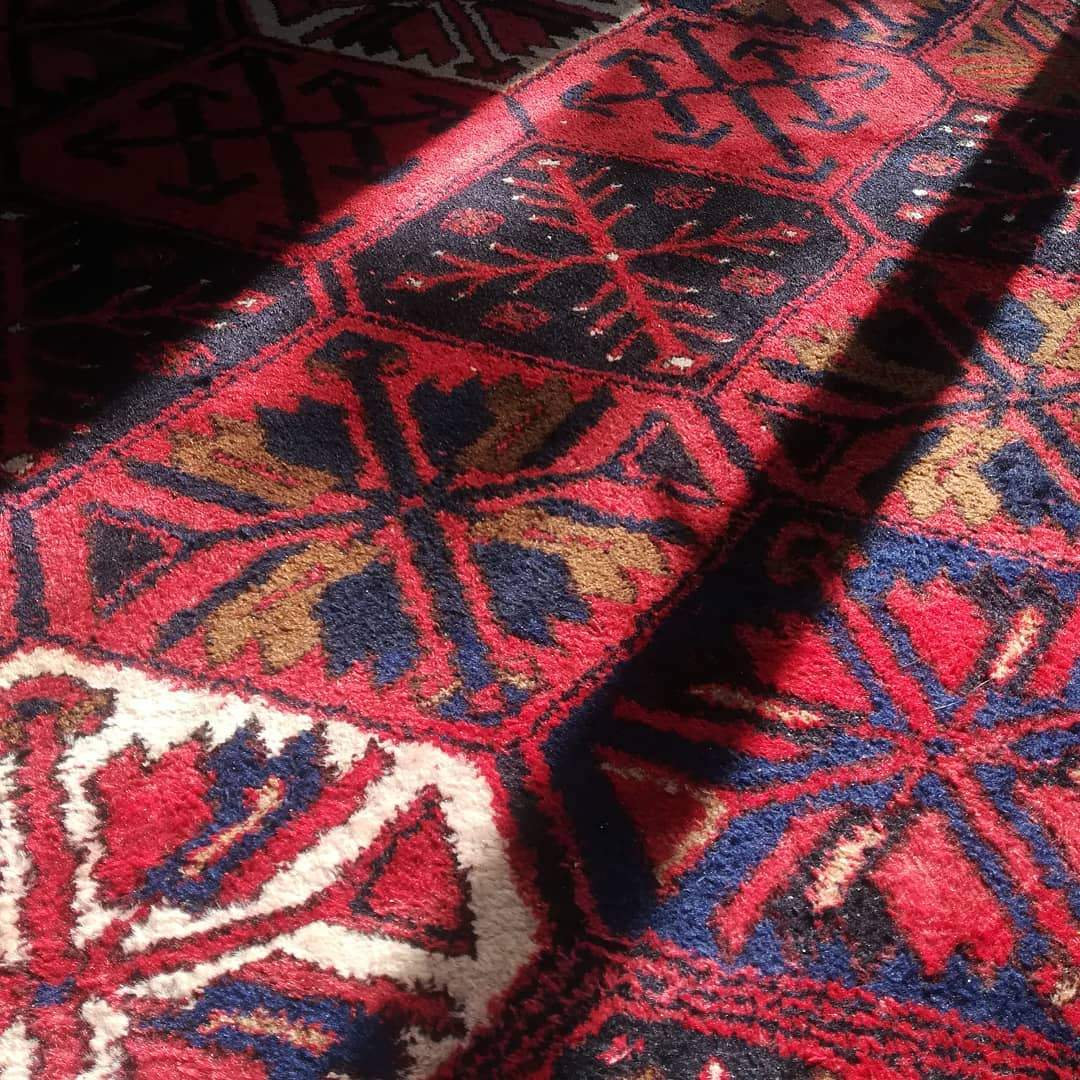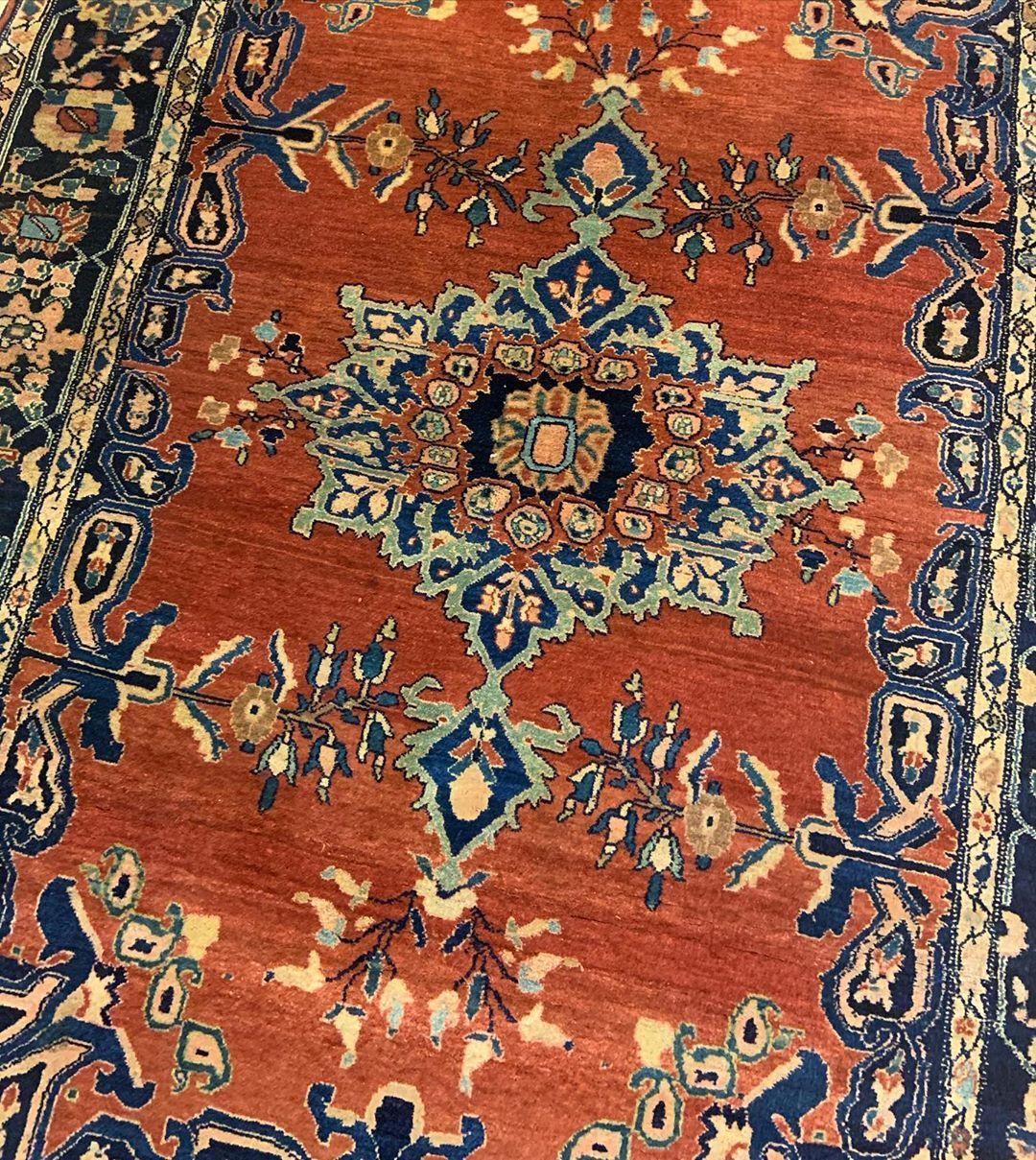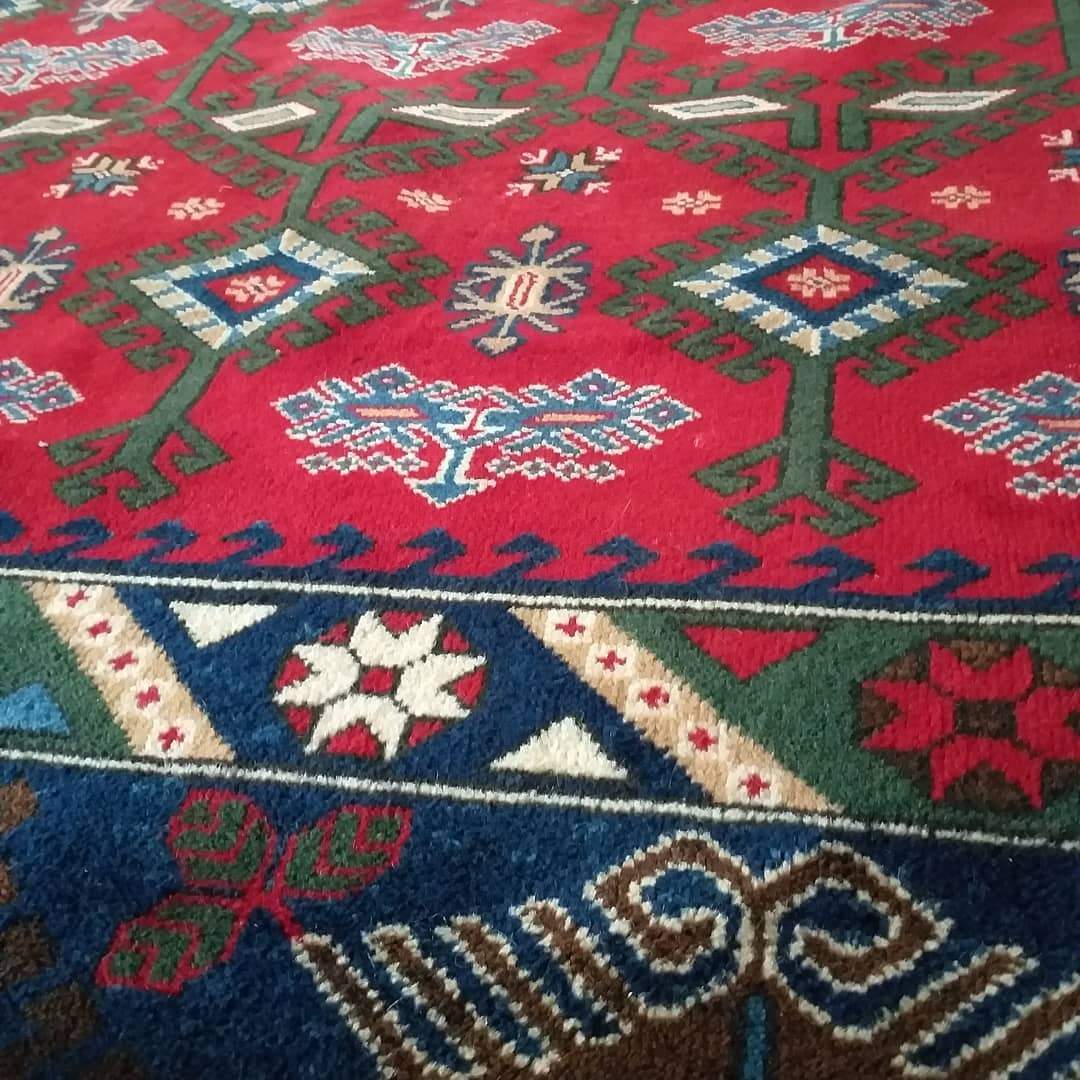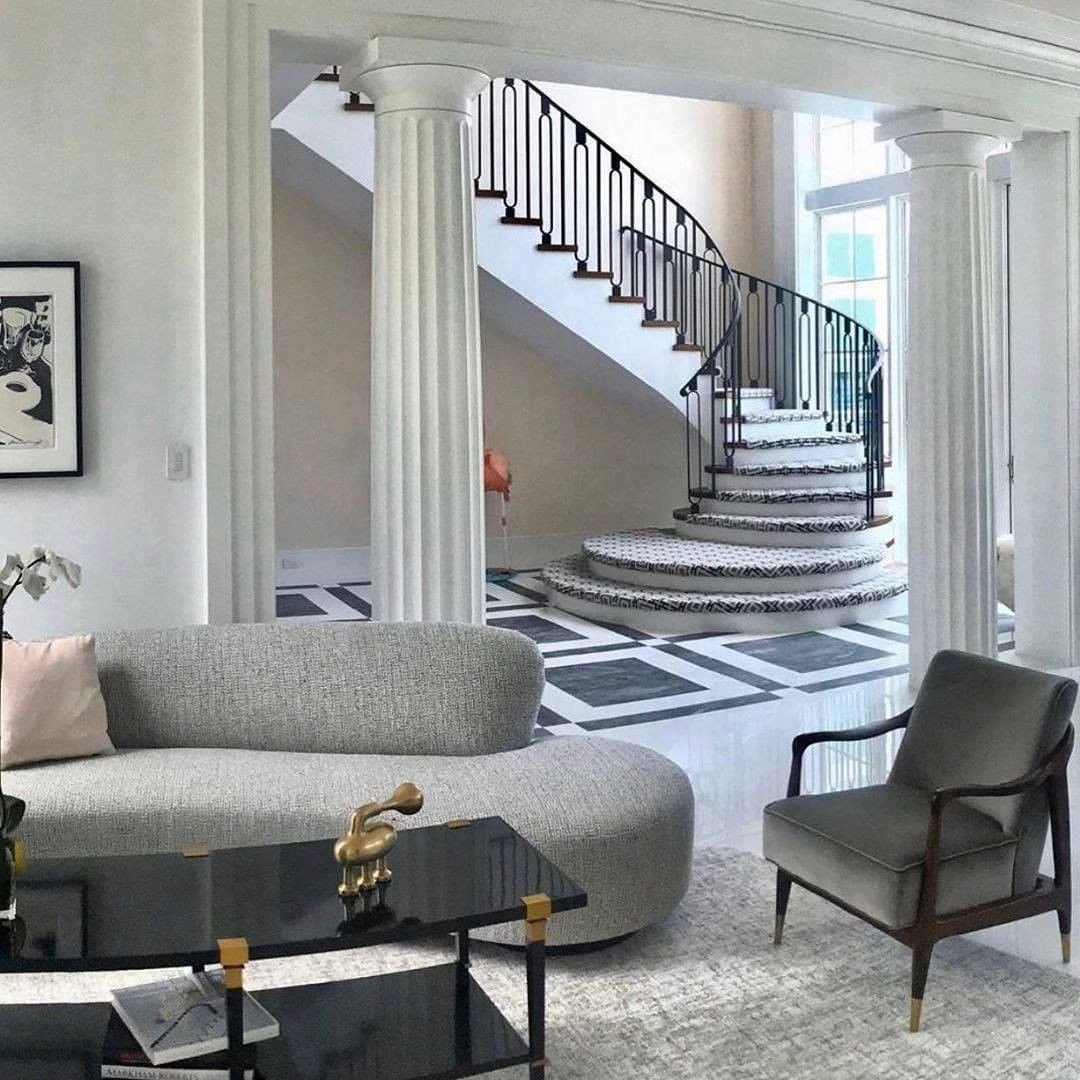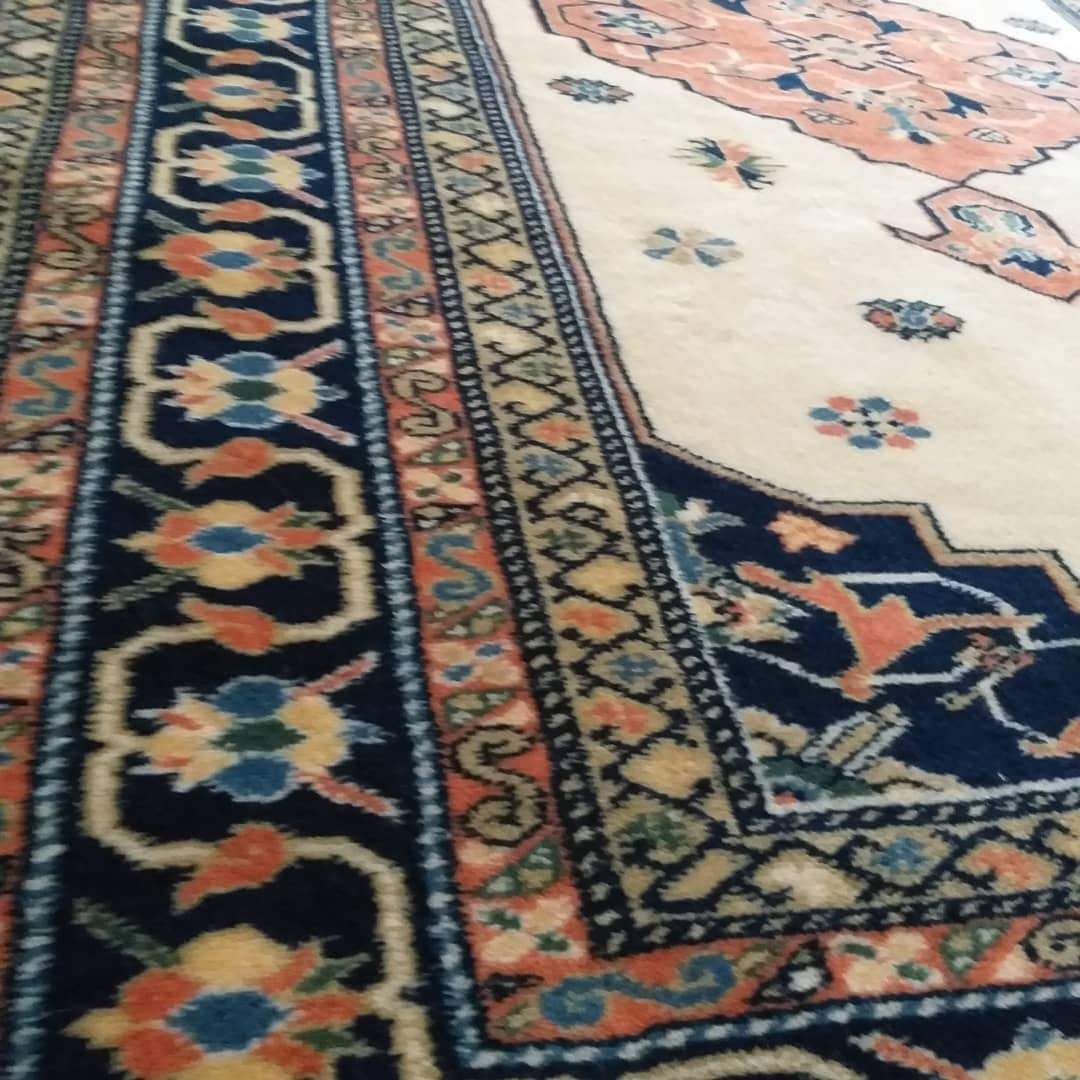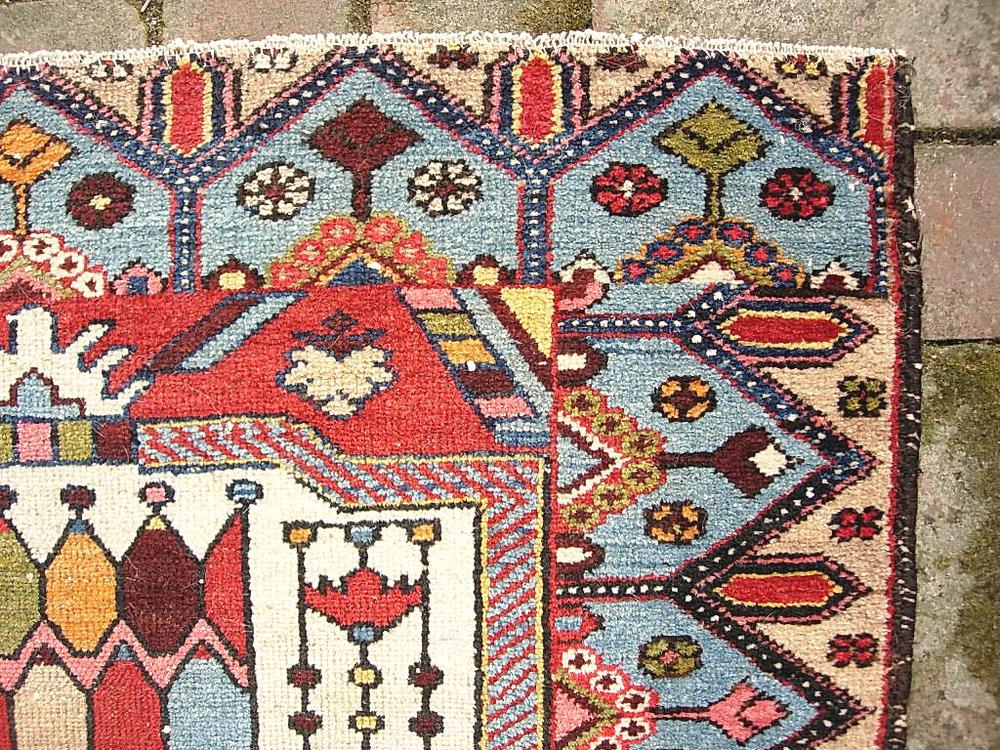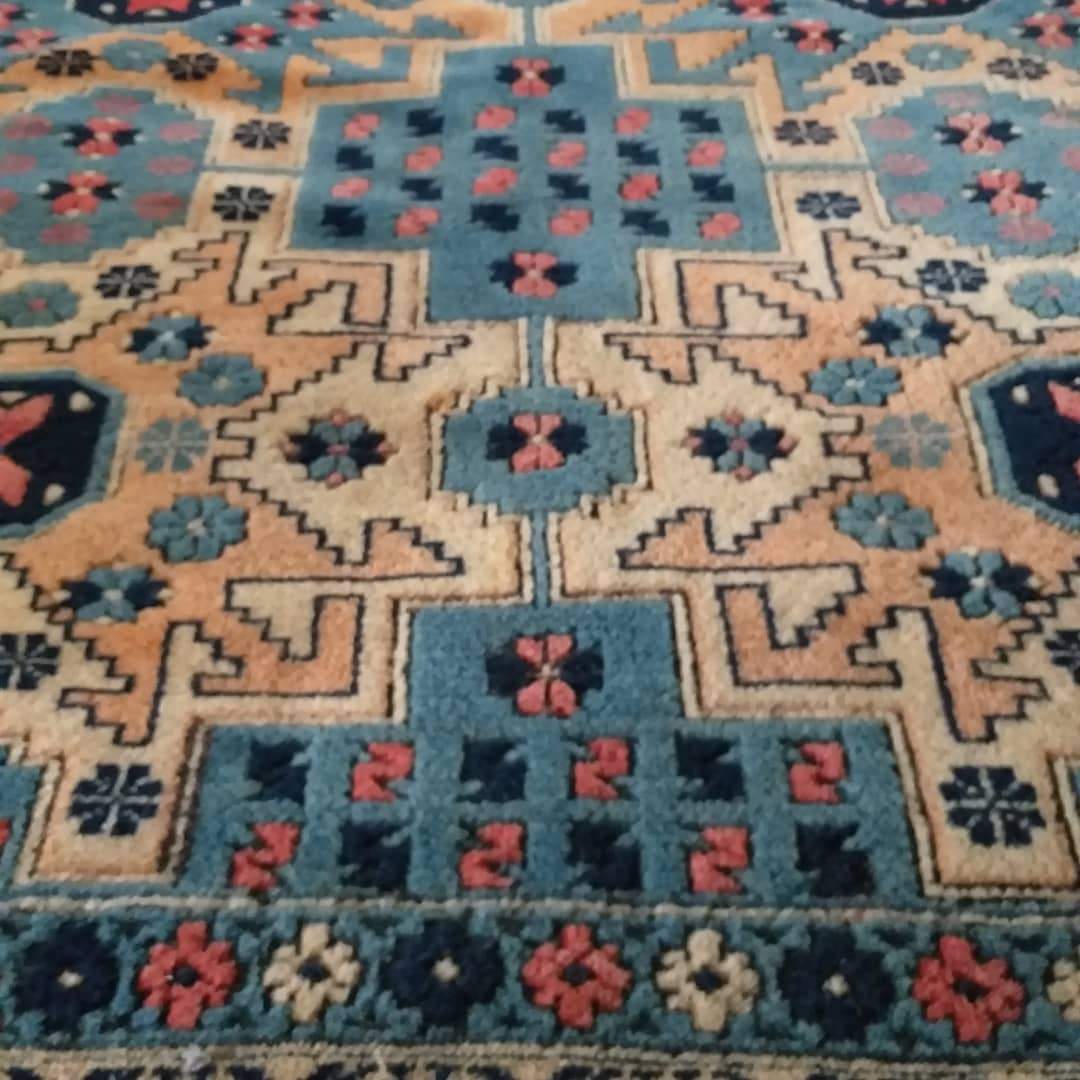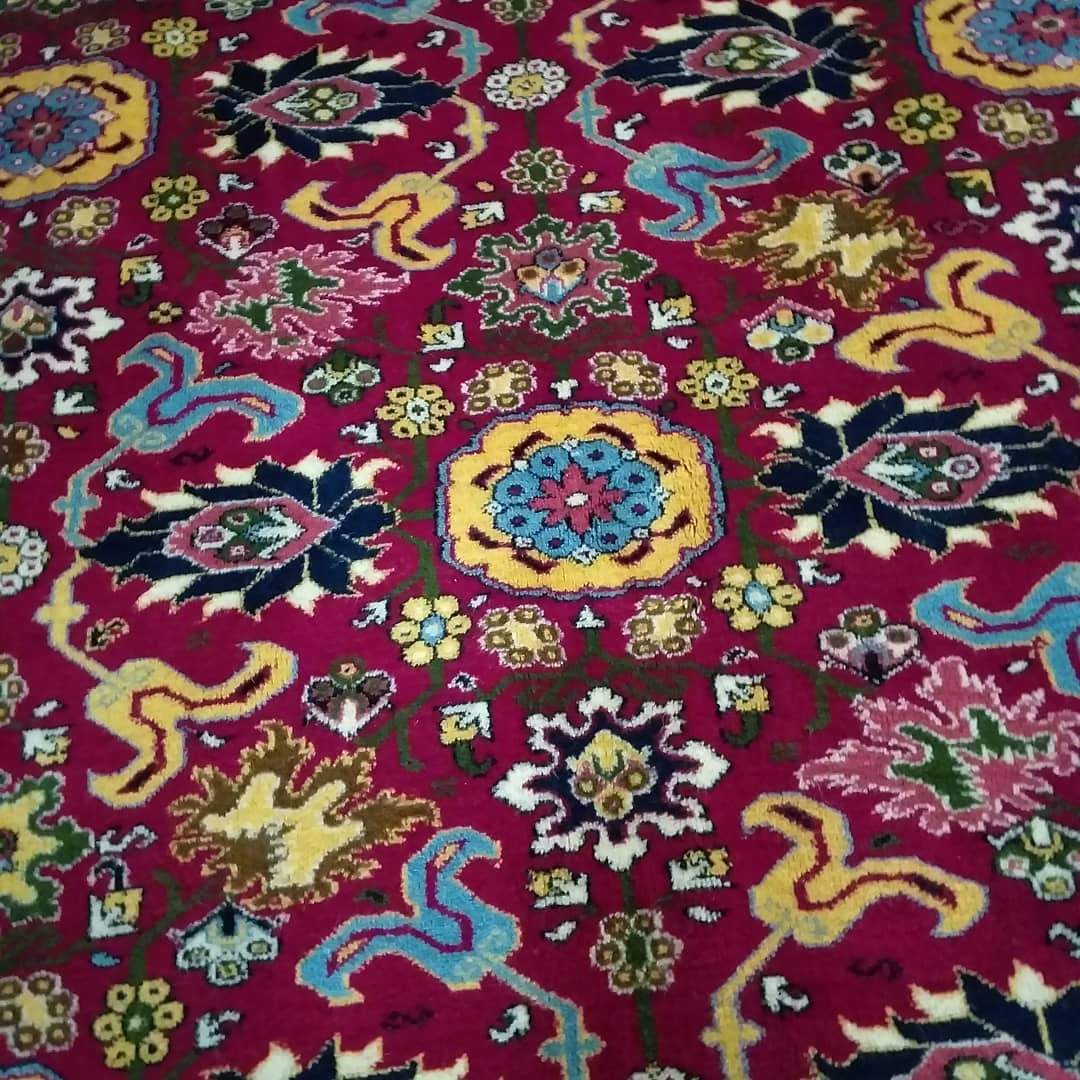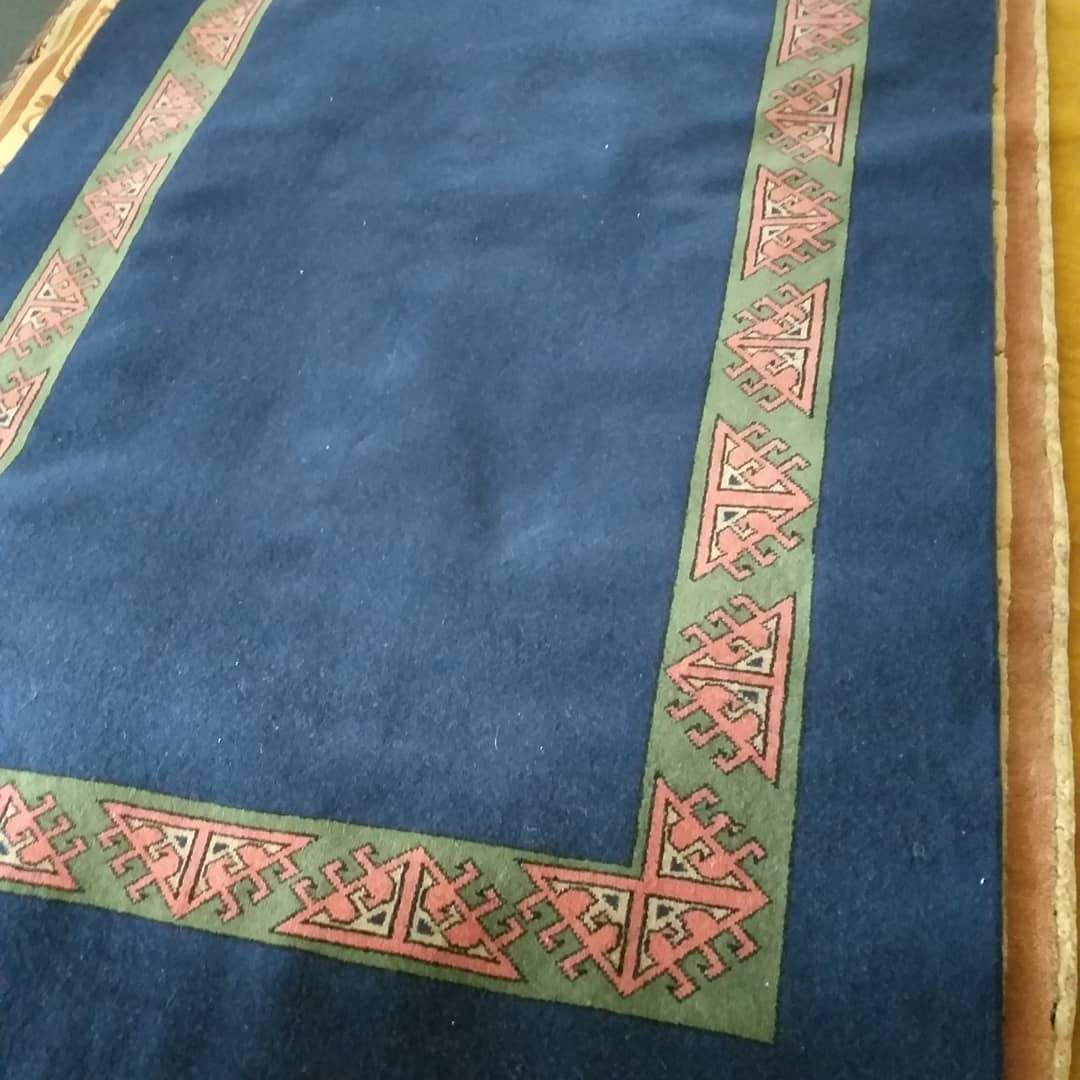What is The Antique Indian Rugs?
The antique Indian rug is one of the most valuable carpet types in the world, which has a long-established history and is handcrafted.
It is processed in the region of India and spreads from this region all over the world. Persian motifs are generally used on antique Indian carpets. In addition, the vivid and bright colors used on the carpets are processed only with vegetable dyes. In addition, Indian motifs, which are popular in many regions of the world, are located on these carpets. What makes these rugs valuable is the extravagant motifs and embroideries used in their weaving. In terms of this feature, it is loved by Western countries and Europeans frequently use these carpets in their homes.
The History of The Antique Indian Rugs
The story of the antique Indian carpet begins in the 16th century. It first started with King Babur taking over the Indian region. Workshops were established in the busiest regions of the country upon the instructions of the king. Because the Babür Inn attached great importance to art and weaving. In these workshops, carpets with the most ornate motifs of the world were produced. In the following years, the Indian region was highly influenced by Persian culture with the development of trade. For this reason, Persian motifs are frequently used on the carpets produced. During the 17th and 18th centuries, the sales rate of Indian rugs experienced its peak period. This trade increase has been achieved thanks to business people who bring products from India to Europe.

